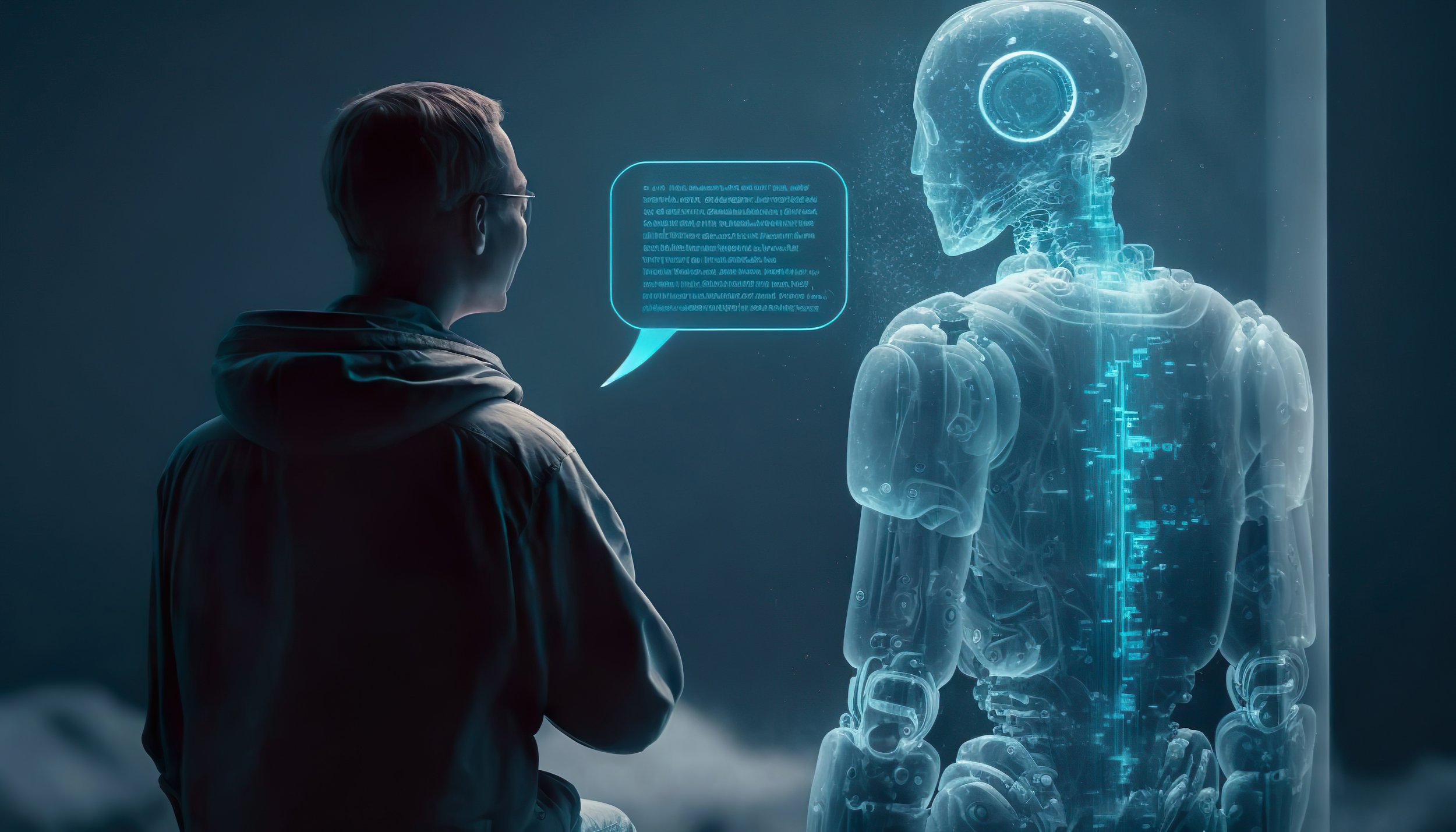Why Your Communications Strategy is Stuck in the Past and How to Fix it
In today's high-pressure marketing & communications world, not giving your team access to AI is a bit like the tortoise hoping the rabbit didn’t learn anything from the last race.
Yet giving access to AI without meaningful training is about as risky as handing a set of Ferrari keys to an unlicensed driver.
Many organizations prohibit the use of AI, keeping their teams permanently in the slow lane. Others make the mistake of treating AI as a standalone solution, believing it can handle all aspects of marketing & communications. Unfortunately, neither approach creates competitive advantage in today’s fast-moving marketplace.
While AI promises to revolutionize marcomms, the real transformation lies in thoughtfully integrating AI with human insights, to accelerate ideation and unlock creativity.
AI implementation: current state
Many companies still rely on outdated human-only marcomms processes. According to a 2023 study from IBM, only 42% of enterprises have deployed AI-powered systems. Another 40% are stuck in the discovery phase. I wonder if those same companies also spent as much time in discovery with desktop computers and the internet, back when they were born.
Yet using AI the wrong way can have equally disastrous consequences. AI that isn’t properly trained and monitored can hallucinate and perpetuate biases. Automated chatbots without human oversight can create offensive content, triggering a crisis. An infamous example is Microsoft's Tay, which was disabled in less than a day because it lacked much-needed human intervention.
What should AI’s role be?
There are many misconceptions: AI can automate everything from audience targeting to content creation to pitching media…or AI will replace human marketers and communicators entirely. Yet AI isn’t inherently creative. It isn’t funny or provocative. It needs input to understand nuanced human emotions and cultural contexts. It needs prodding to create tension between current beliefs and new information. Old-school analog approaches don’t take advantage of AI’s strengths. And AI-only approaches create a sea of blandness, or worse.
A winning strategy is a balanced one: leveraging AI's strengths to activate the human imagination. The most effective marcomms strategies harness the power of AI to handle data-driven, synthesis-oriented tasks at speed, summarizing inputs to expand humans’ capacity for empathy and creativity. As NYU professor Larry Cohen mentioned in February 2024, the true value of AI lies in “hybrid intelligence” – AI’s ability to enhance human insight, not replace it.
Four practical steps to modernize your strategy
Identify specific pain points: Survey your team to pinpoint where they feel the most friction in their workflows. Find out what’s slowing them down and robbing their precious headspace. For example, are they spending too much time tracking results or analyzing research? Evaluate the usability of AI tools to help relieve this pressure.
Implement AI for synthesis-oriented tasks: Use AI to summarize vast amounts of information. Like summarizing the past 5 years’ annual reports from every one of your competitors, or synthesizing thousands of pages of market research. AI’s ability to read images, charts, graphs, and text in mere seconds is unparalleled.
Inhale/exhale…Go from computer to human…Repeat: Create a partnership-oriented workflow with a rhythm to it. For instance, AI can help identify essential content pillars based on media coverage, social conversation and SEO trends. Then your team can create a personalized content strategy around those takeaways. Then AI can help draft the individual content pieces. Then your team can refine and atomize them. It’s like finding a give-and-take among collaborative partners.
Training is Essential: Training sessions are worth every penny of the investment, to ensure your team understands how to mitigate risk and harness AI’s power. Focus on how these tools can complement and accelerate their skills rather than replace them. Teach your team how to engage with tools like ChatGPT as a collaborator—having conversations, building on each other’s ideas, using objective criteria to select winners, developing pitches and prototypes together. This is exactly what we do at The Navigator Collective—we teach teams in any discipline how to use AI as an innovation thought-partner.
AI is a powerful tool, but not on its own. The true potential of AI is unlocked when it’s combined with human insight. Don't let your team be stuck in the past. Unleash powerful competitive advantage by seamlessly integrating AI speed and human creativity to create a more effective, responsive, and engaging marcomms approach.
Paul Sears is Founder & CEO of The Navigator Collective. After 21 years in marketing and advertising agencies, Paul saw the massive backlog so many organizations face when it comes to filling their creative pipelines with early-stage concepts. What if everyone in the company could contribute viable ideas to move the business forward? Paul founded The Navigator Collective to help people, regardless of their professional background and training, innovate like they were trained creative professionals. Learn more at https://navigatorcollective.com, or book a free demo today.




